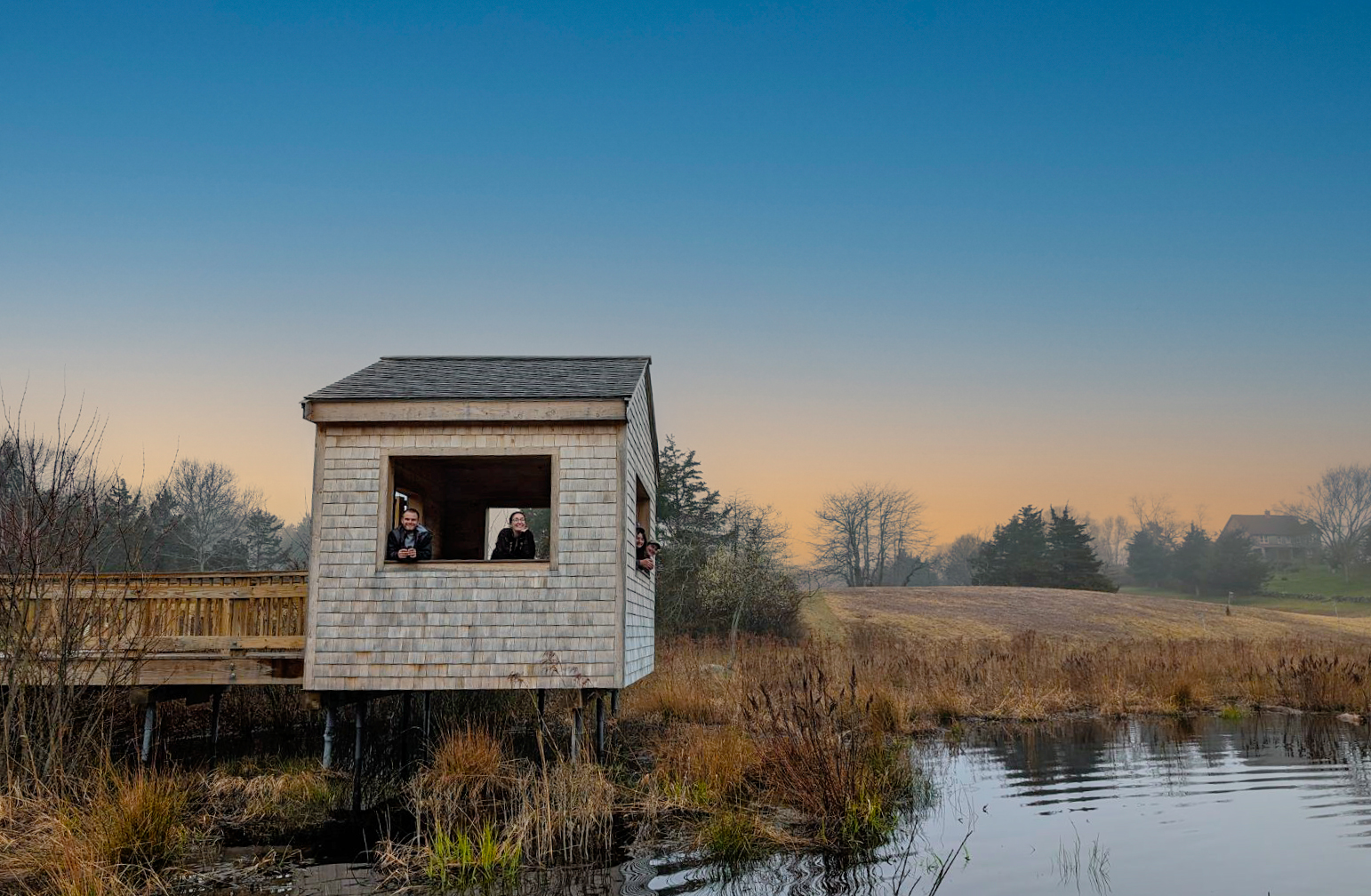Through 48 years of landbird research, Manomet Center scientists have seen the impact climate change is having on birds and their habitats.
To raise awareness about how climate change is affecting birds, Manomet Banding Director Trevor Lloyd-Evans and Communications Director Dave McGlinchey wrote Final Flight, which interweaves the beauty of bird watching and the looming reality of habitat and species loss.
Lloyd-Evans and McGlinchey chose 10 iconic birding sites in the northeastern United States and southeastern Canada that are at risk from climate change. The book discusses species highlights, habitat, best times to visit and climate change impacts for each site. It also features the stunning photography of longtime Manomet bird bander and shorebird researcher Ian Davies.
All proceeds from the sale of the book will support Manomet’s banding research and education programs. Click here to purchase the book online through Amazon.
In the following interview, Lloyd-Evans discusses the book and the impacts we have already experienced.
1. Why did you write this book?
Trevor Lloyd-Evans: When Manomet began collecting landbird data in the late 1960s, we didn’t know that we would be detecting climate change, which has now come to the forefront as one of the major conservation biology issues facing birds. We are able to look back on over four decades of data which illustrate that some species are able to adapt while other species are not. We wrote the book to bring attention to the impacts that climate change is having on birds and their habitats and the fact that these changes are happening not only in the Arctic, but also in the birding spots which are dear to us and in our own backyards.
2. What changes have we seen so far due to climate change?
TLE: In Manomet’s decades of landbird banding data, we have seen southern species moving northward and expanding their ranges with a warming climate. We have also observed some species arriving earlier in spring, while others are unable to make that adaptation because they winter so far south that they cannot detect earlier springs in North America.
3. What changes can we expect?
TLE: It depends on whether we take any action to limit the human-induced component of climate change. Experts are predicting a meter rise in sea level over the next 100 years, a substantial warming of the climate and immense changes to bird populations. Birds are merely our sensitive indicators to the changes that affect everything and everyone.
4. How did you choose the 10 locations featured in the book?
TLE: I chose locations that I thought were impressive from a bird-watching point of view that are susceptible to the effects of climate change. For some sites, the book highlights the danger to habitat, while for others, it is the migrant birds that are at risk. Our list is not comprehensive, but we have highlighted 10 spots in the northeast that are both particularly good for birding and particularly vulnerable to the effects of a warming climate. They are also sites that are important to me that I think everyone should visit!
You can purchase the book online through Amazon.
If you prefer to buy the book from a local business, it will be available at the following retail locations:
Bird Watcher’s General Store (Orleans, MA)
Titcomb’s Bookshop (Sandwich, MA)
Yankee Book and Art Gallery (Plymouth, MA)
Westwinds Bookshop (Duxbury, MA)
The Book Shack (Kingston, MA)
Wild Birds Unlimited (Franklin, MA)
Gulf of Maine Books (Brunswick, ME)





 Back to all
Back to all